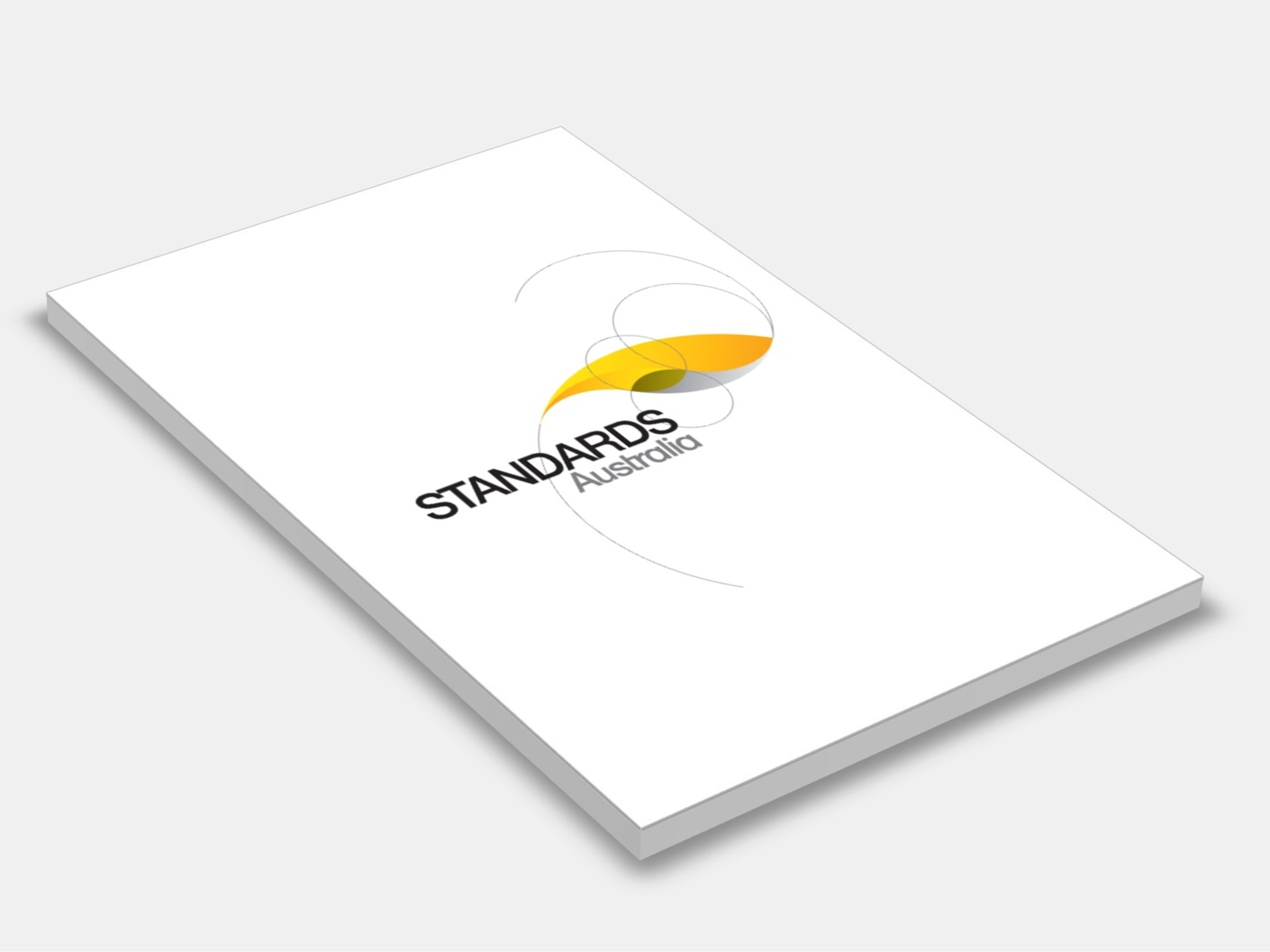
Type
Publisher
Standards Australia
Publisher
Standards Australia
Version:
Third Edition 1991.
(Superseded)
Short Description
Describes a minimum standard of installation for particleboard flooring used in domestic housing; procedures may also apply to particleboard used as flooring in similar applications where the particleboard is applied over a system of parallel joists; specifies subfloor clearance and ventilation, floor joist spacing and sheet fixing for fitted and platform flooring systems.

Type
Publisher
Standards Australia
Publisher
Standards Australia
Version:
Fifth Edition 2005.
(Available Superseded)
Short Description
Sets out test procedures and criteria for the determination of fire-resistance of elements of building construction. Follows the basic principles and provisions contained in ISO 834.
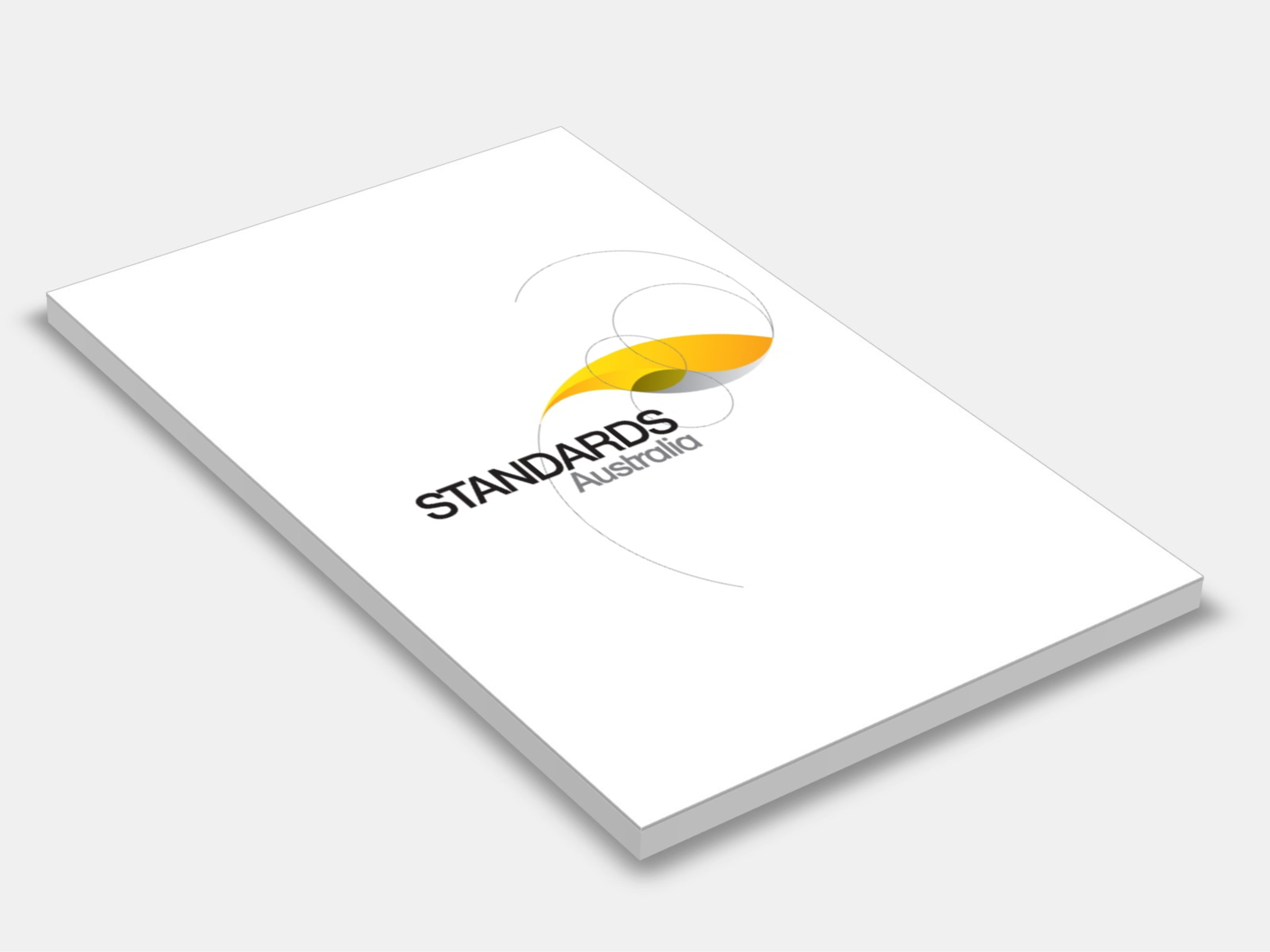
Type
Publisher
Standards Australia
Publisher
Standards Australia
Version:
Third Edition 2001.
(Superseded)
Short Description
Sets out minimum requirements for the analysis, design and construction of concrete structures and members that contain reinforcing steel up to 500 MPa, prestressing tendons or both, and includes requirements for plain concrete structures and members; design requirements are given for the limit states of stability, strength, serviceability, durability and for resistance requirements to fire and earthquakes; rules are also given for prototype or proof testing of finished members and structures.
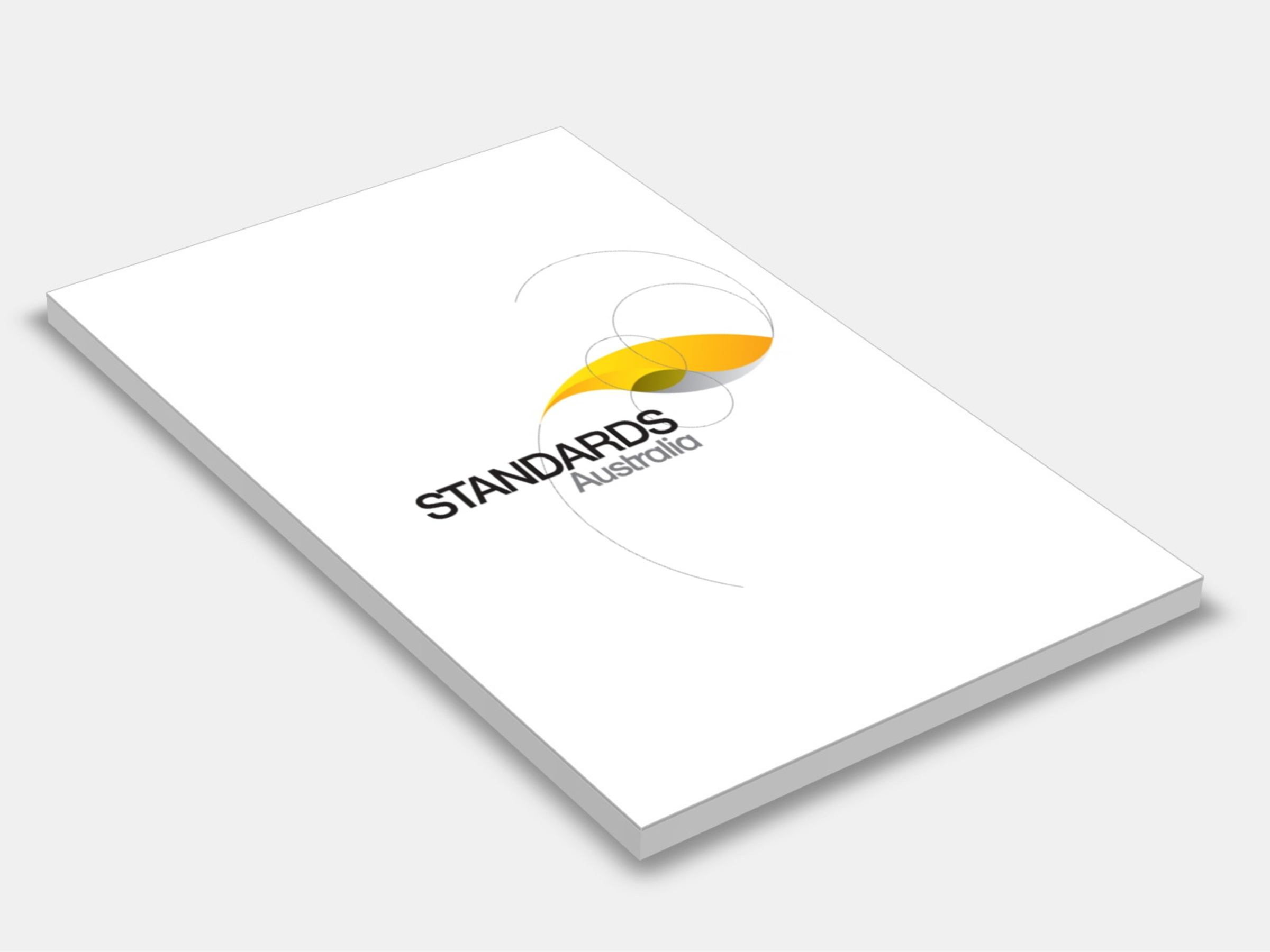
Type
Publisher
Standards Australia
Publisher
Standards Australia
Version:
Fourth Edition 2011.
(Superseded)
Short Description
The 2011 edition of AS 3700 is amended as follows; the amendments should be inserted in the appropriate places.

Type
Publisher
Standards Australia
Publisher
Standards Australia
Version:
Second Edition 1994.
(Available Superseded)
Short Description
Sets out minimum requirements for the analysis, design and construction of concrete structures and members which contain reinforcing steel, or prestressing tendons or both, and requirements for plain concrete structures and members; the Standard applies to concrete with a characteristic compressive strength in the range of 20 MPa to 50 MPa and a density in the range 1800 kg/m(sup)3(/sup) to 2800 kgm(sup)3(/sup).

Type
Publisher
Standards Australia/Standards New Zealand
Publisher
Standards Australia/Standards New Zealand
Version:
First Edition 1995.
(Available Superseded)
Short Description
Specifies terms primarily intended for use in the interpretation of plumbing and drainage Standards, and covers water supply from the reticulation main into the premises, including hot water service systems, sanitary fixtures, drainage and their associated water and waste fittings, pipe systems and associated components.
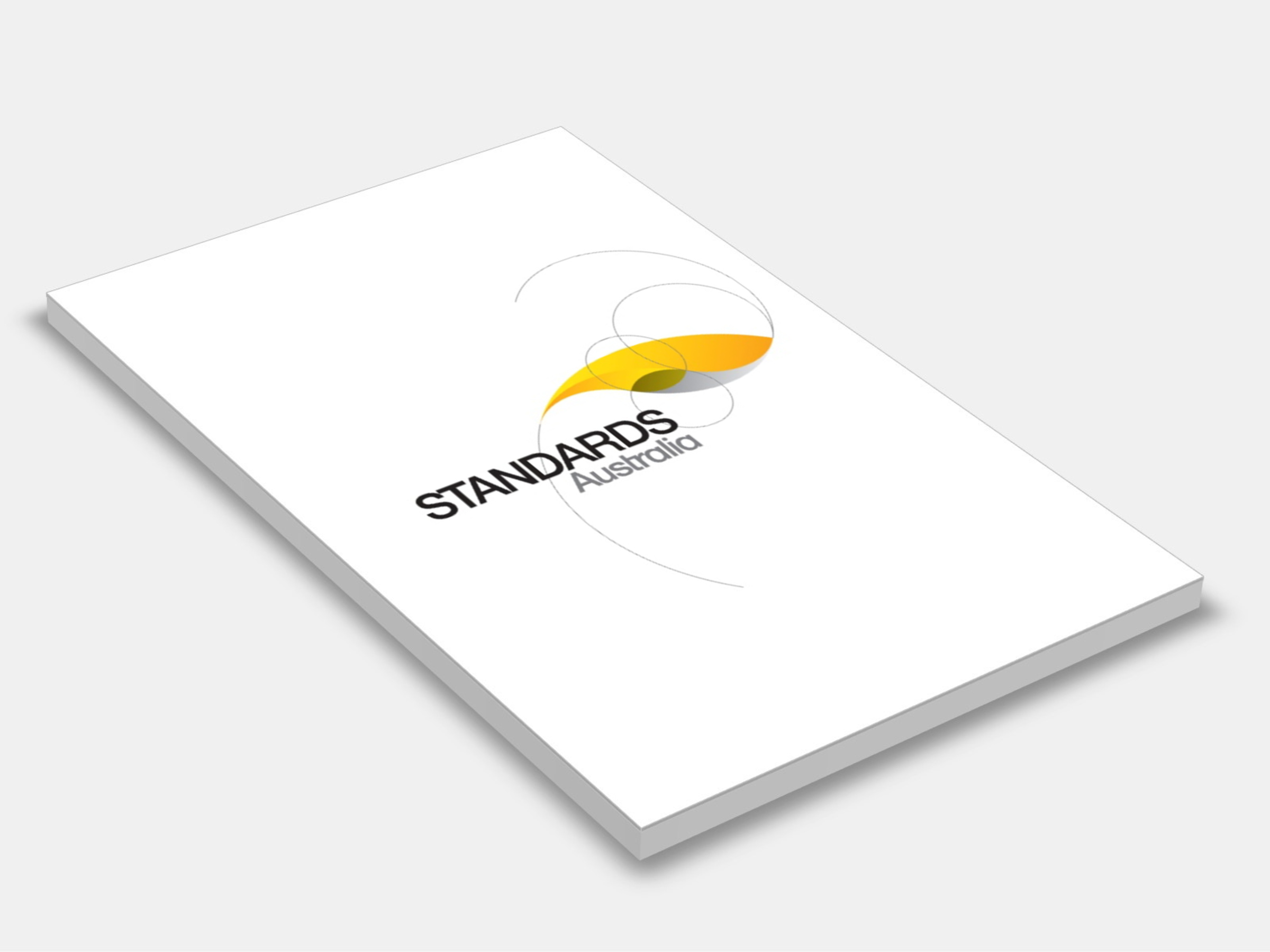
Type
Publisher
Standards Australia
Publisher
Standards Australia
Version:
First Edition 1999.
(Withdrawn)
Short Description
The 1999 edition of AS 1684.2 is amended as follows; the amendments should be inserted in the appropriate places.

Type
Publisher
Standards Australia
Publisher
Standards Australia
Version:
First Edition 1977.
(Superseded)
Short Description
Includes details of materials to be used in the manufacture of aluminium windows, design criteria, glazing, corrosion protection and performance requirements; test requirements are provided for structural performance, operating force, air infiltration and water penetration.
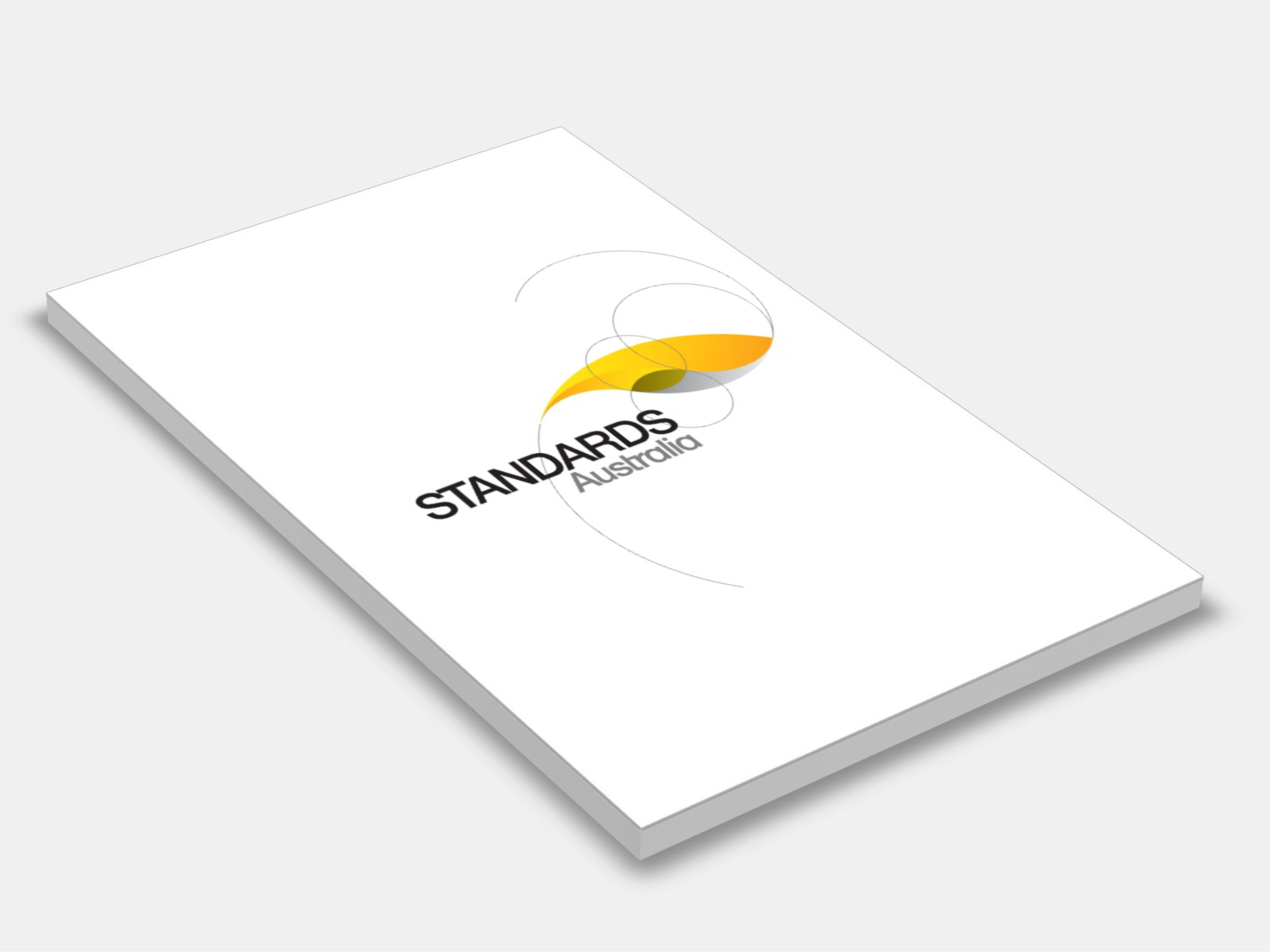
Type
Publisher
Standards Australia/Standards New Zealand
Publisher
Standards Australia/Standards New Zealand
Version:
Third Edition 2005.
(Superseded)
Short Description
Sets out requirements for the suitability of products for use in contact with drinking water. Appendices provide test methods for evaluating those parameters that have the potential to affect the quality of the water.
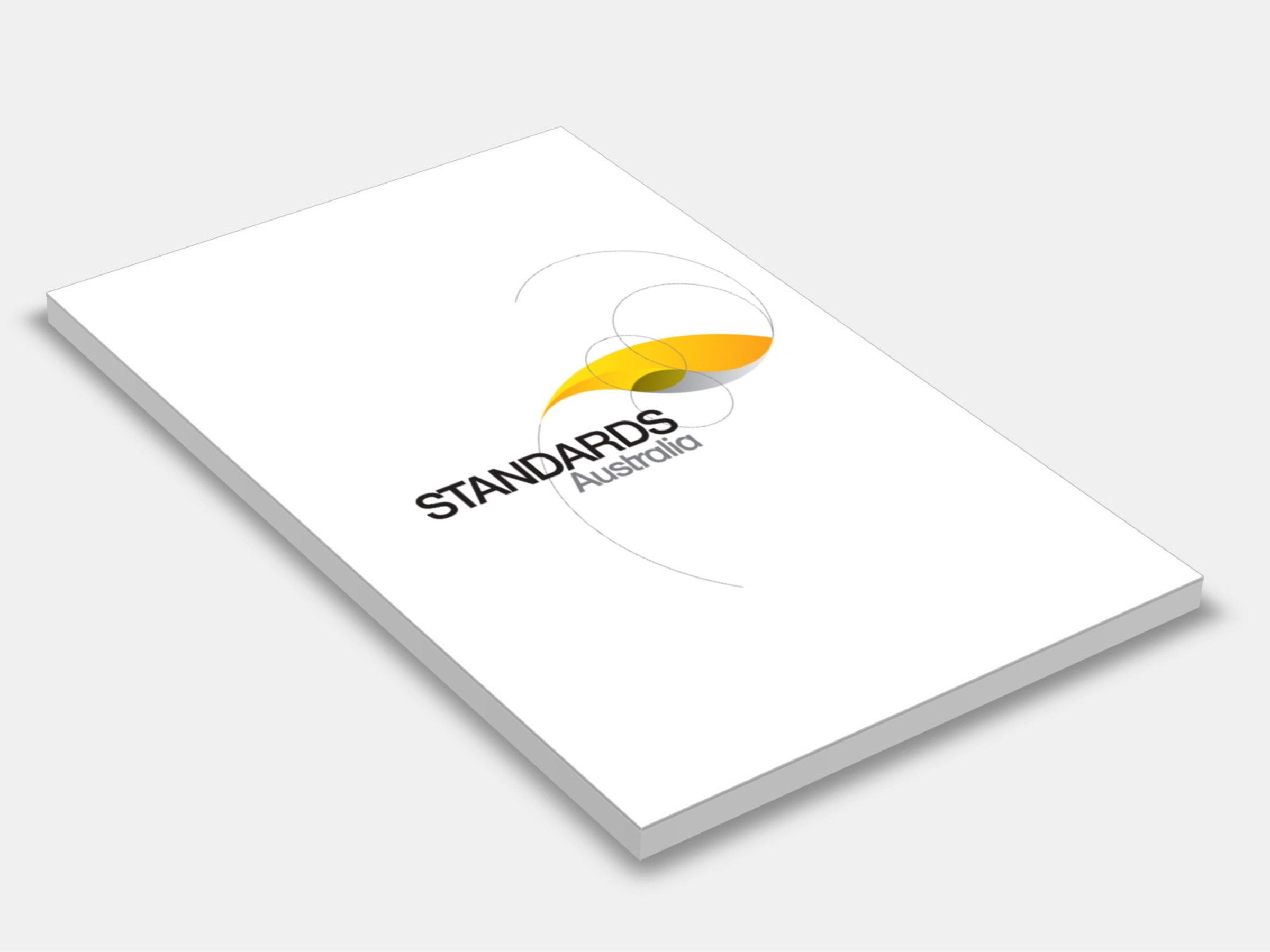
Type
Publisher
Standards Australia/Standards New Zealand
Publisher
Standards Australia/Standards New Zealand
Version:
First Edition 1999.
(Superseded)
Short Description
Specifies requirements for the suitability of products for use in contact with drinking water. Appendices contain test methods for evaluating those parameters that may adversely affect the quality of the water. The use of scaling factors to relate these parameters to end-use conditions is provided.